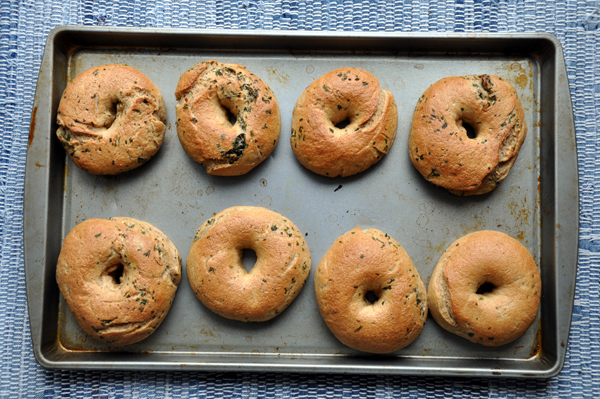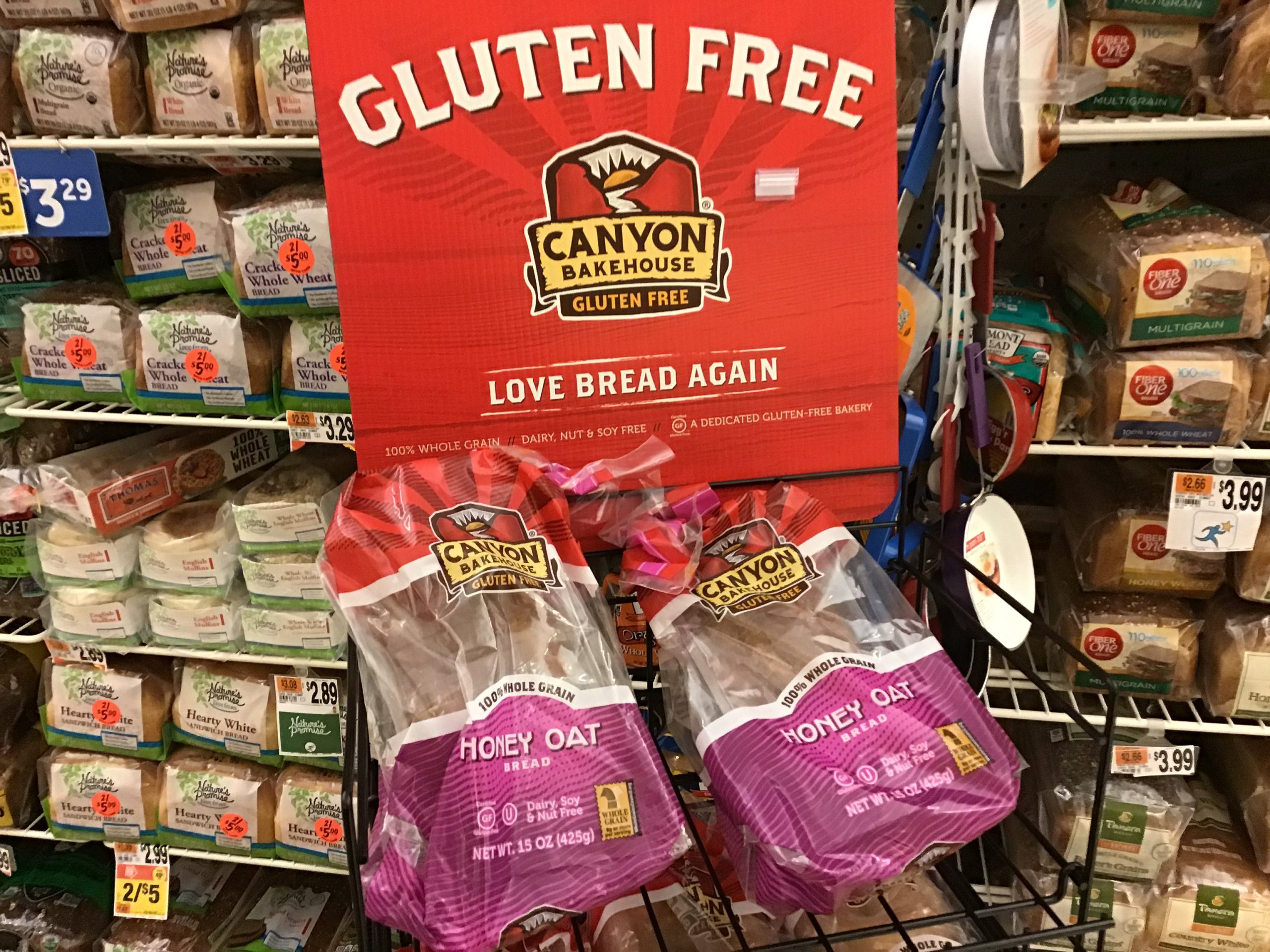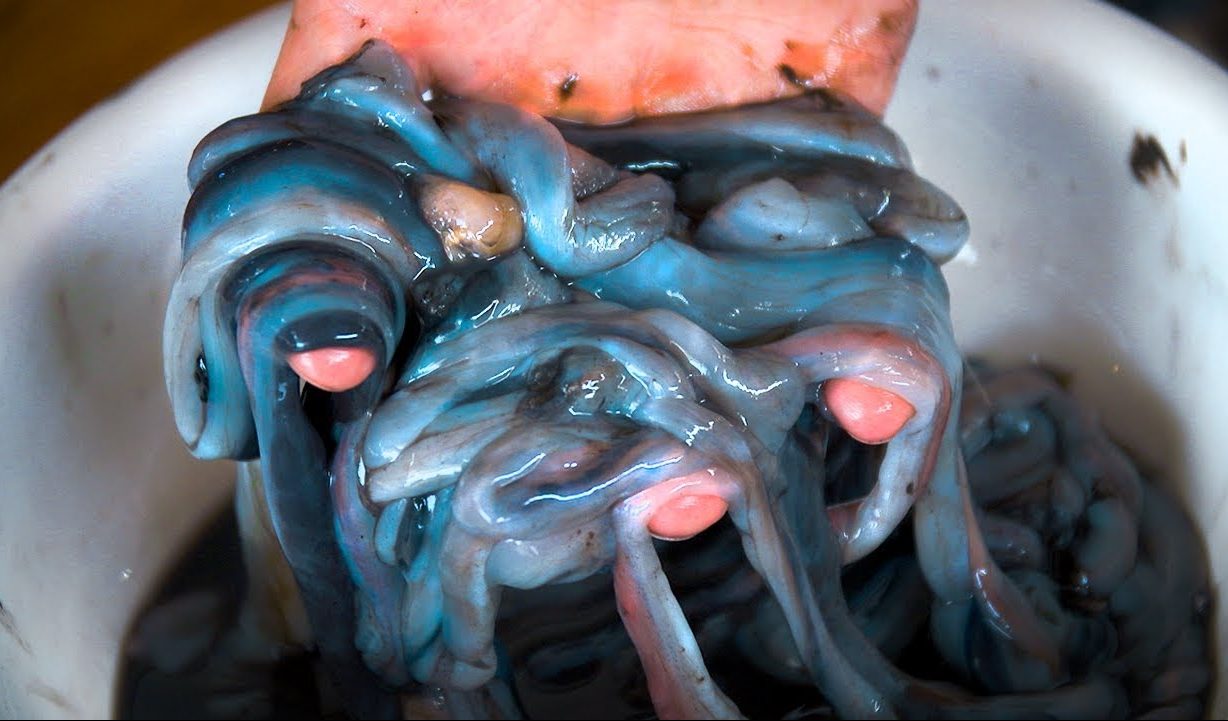Science Proves That 2 Divided by 2 Equals 5, At Least When it Comes to Portion Control

When I was a kid, my economical little brother discovered a way to make his fast food give him more bang for his (or our parents’) buck. By tearing up his five measly chicken Mcnuggets into dozens of smaller pieces, he deduced that he would eventually end up having more chicken and therefore, a bigger meal.
At the time, I chalked it up to his embryonic math skills, but a new study suggests eating smaller pieces actually results in greater feelings of fullness and satisfaction in both humans and animals.
So guess what little bro? Turns out you were right.
The study, led by Davina Wadhera of Arizona State University, tested both rat and human responses to whole and cut food portions. Rats that were offered 30 (10 mg) food pellets vs. one (300 mg) food pellet seemed to prefer and “ran faster” toward the group of 30. Humans who were offered a choice between a whole bagel and a cut-up one ended up eating more in a later test lunch if they chose the whole bagel over the bagel pieces.
“This shows that food cut into multiple pieces may be more satiating than a single, uncut portion of food,” researchers said. This phenomenon in turn, they suggest, can be attributed to the fact that smaller pieces “may perceptually look more and therefore elicit greater satiation than the same portion presented as a single, large piece.”
So next time you’re trying to cut down on your meal portions, treat yourself to a little optical illusion magic and suspension of disbelief. At least your brain will think you’re eating more, even if you know you aren’t.
[Via Food Navigator]






















